Nail fungal infections are notoriously persistent and difficult to treat which can lead to severe health impacts, particularly in the immunocompromized. Current antifungal treatments, including systemic and topical drugs, are prolonged and do not effectively provide a complete cure. Severe side effects are also associated with systemic antifungals, such as hepatotoxicity.
Toenail fungus, also known as onychomycosis, is a common fungal infection affecting the toenails, characterized by thickened, discolored, and brittle nails. The condition is caused primarily by dermatophyte fungi but can also be caused by yeasts and non-dermatophyte molds. Toenail fungus is notoriously challenging to treat and often requires a combination of oral and topical antifungal medications. However, these treatments may come with side effects, including gastrointestinal issues, liver toxicity, and the potential for recurrence.
How Red Light Therapy Works Against Nail Fungus
Red light therapy has emerged as a promising approach to tackle nail fungus, offering a non-invasive alternative to traditional treatments. Its ability to destroy fungal cells, boost cellular energy, and stimulate the body's natural defenses makes it a compelling option for those struggling with persistent infections.
Research shows that light within the red and near-infrared spectrum (between the wavelengths 660nm to 850nm) can directly destroy bacteria or fungi. Red light therapy initiates a chain of actions that promote ATP synthesis. Thus, skin cells have more energy to protect themselves from the pathogens in case they return. Nails are made up of a hardened protein called keratin. Red light stimulates the production of this protein and promotes nail growth in the nail matrix once the fungus is eradicated.
In 2015, Andrei Sommer, a researcher from the University of Ul, Germany, identified the mechanism by which red light stimulates ATP production. He found that when light interacts with water within a cell, the distance between each water molecule increases, making the water “thinner” or less viscous. This allows the mitochondria within each cell to spin faster, thereby generating more ATP.
A study published in Lasers in Medical Science found that red light therapy significantly reduced fungal colony counts in patients with toenail fungus, leading to a noticeable improvement in nail clarity. The researchers concluded that RLT offers a potent antifungal effect suitable for managing onychomycosis.
Effectiveness of Red Light Therapy
These results indicate a role for this laser in the treatment of onychomycosis, regardless of degree of severity. Ease of delivery and the lack of a need to monitor blood chemistry are attractive attributes.
We treated mycologically confirmed onychomycosis in 26 eligible toes (ten mild, seven moderate, and nine severe). All of the patients were followed-up for 180 days.
An independent expert panel, blinded regarding treatment versus control, found that at 180 days, 85% of the eligible treated toenails were improved by clear nail linear extent (P = .0015); 65% showed at least 3 mm and 26% showed at least 4 mm of clear nail growth.
Of the 16 toes with moderate to severe involvement, ten (63%) improved, as shown by clear nail growth of at least 3 mm (P = .0112). Simultaneous negative culture and periodic acid-Schiff was noted in 30% at 180 days.
Red visible light therapy for toenail fungus is a very effective treatment and can easily reduce the condition by up to 88%. The procedure is typically done using a painless red light device. The red light can kill the pathogens such as fungi, molds, and bacteria that can cause onychomycosis. The red visible light creates a gentle warming feeling and does not harm the nail or skin. No anesthesia would be required for this treatment. There are absolutely no side effects and the job can be done with just a few treatments at home.
Combining Red Light Therapy with Other Treatments
Red light therapy has shown promise in treating nail fungus, but combining it with other treatments can potentially enhance its effectiveness. This multi-faceted approach aims to tackle the fungal infection from different angles, improving the chances of successful treatment. Combining red light therapy with topical antifungal medications can provide a synergistic effect. Antifungal preparations applied on and under the nail can improve the appearance of fungal nails, although they may not be sufficient as a standalone cure.
In addition to red light therapy and topical treatments, implementing certain lifestyle changes can help manage and prevent nail fungus: Moisture control: Keep feet dry and change socks regularly to reduce fungal growth.
Practical Application of Red Light Therapy
The procedure involves exposing your skin to light being emitted by RLT devices. Average treatment time is 10 to 15 minutes per day. Getting full-body coverage of the beneficial red light may maximize the effect, contributing to better onychomycosis management. Always be sure that your feet are bare during treatment and that they receive sufficient light.
At Bontanny, we deal with a range of high-irradiance RLT devices that deliver specific and concentrated wavelengths of red and near-infrared light to your body. For targeted applications such as nail fungus, the Bontanny Moving Pro is a powerful compact light therapy device that you can take with you on the go. For full-body applications, including fungal nail infections, neuropathy, or muscle recovery, the BL-750 packs incredible power and extensive treatment area.
- Clean Your Nails Before Treatment:Make sure your feet and nails are clean before using the therapy. This will ensure the light penetrates effectively.
-
Be Patient:While red light therapy works faster than many other treatments, it still takes time. The infection won’t disappear overnight, but with regular use, you should start seeing improvements.
FAQ
Does red light therapy really kill nail fungus?
Totally, it can! Studies show red light between 660-850nm zaps fungi by messing with their cells. Not a gimmick, but you need a legit device, not some cheap Amazon toy.
How long till I see results?
Ain’t overnight, bro. Expect a few weeks to months for clearer nails. Gotta stick with it, like 10-15 mins daily. Patience is key
Can I use it with antifungal creams?
Yup, combo’s the way to go. Slap on some topical antifungal and hit it with red light. They team up to kick fungus butt better.
Is it safe for everyone?
Pretty much, yeah. No side effects, no pain, no anesthesia needed. Just don’t expect miracles if your immune system’s shot.
What’s better, red or blue light?
Red’s dope for deep nail infections since it penetrates better. Blue’s cool for surface stuff but might not reach under the nail.
Do those cheap devices work?
Nah, most are junk. Get a high-irradiance device with proper wavelengths. Cheap ones are like shining a flashlight—useless.
View our products:

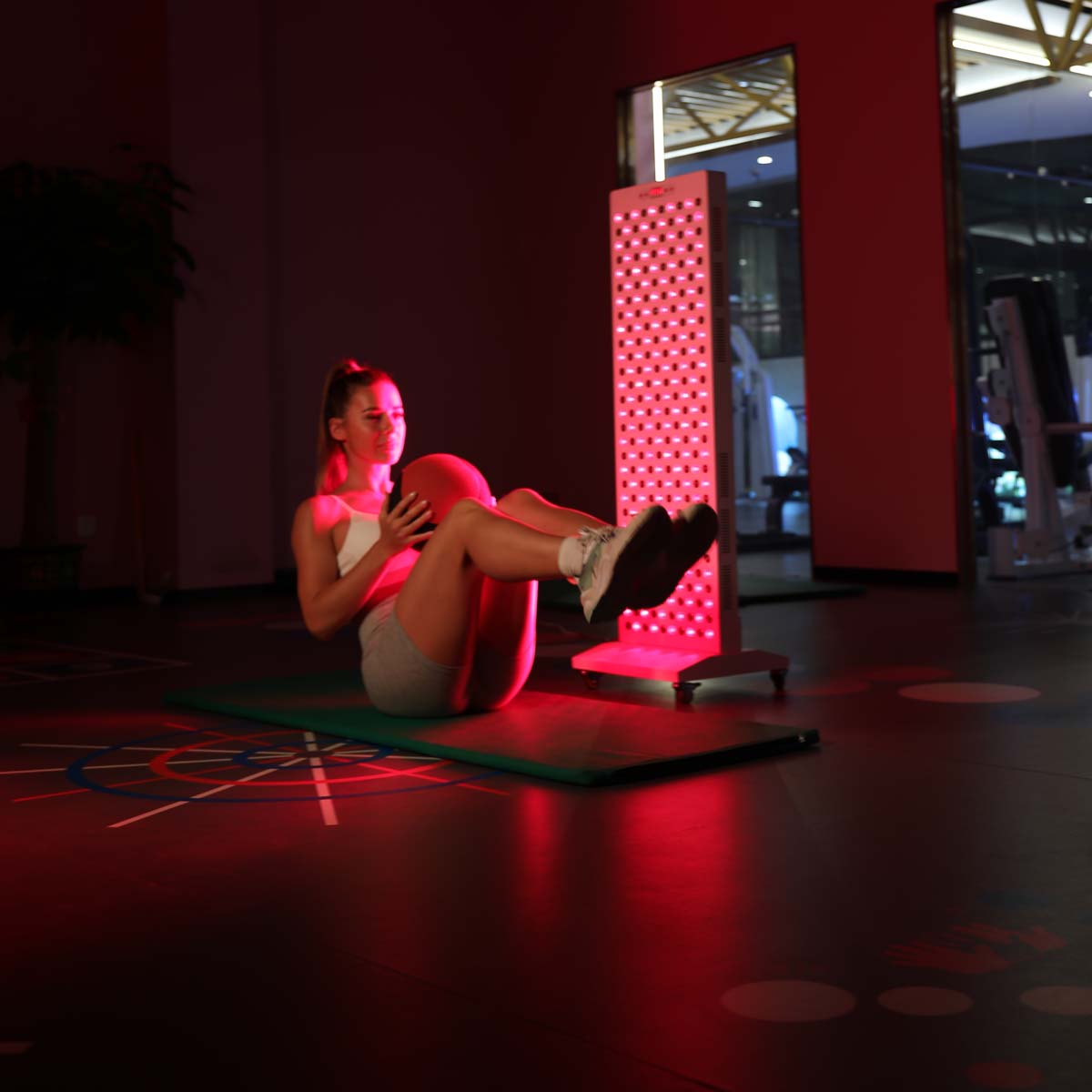
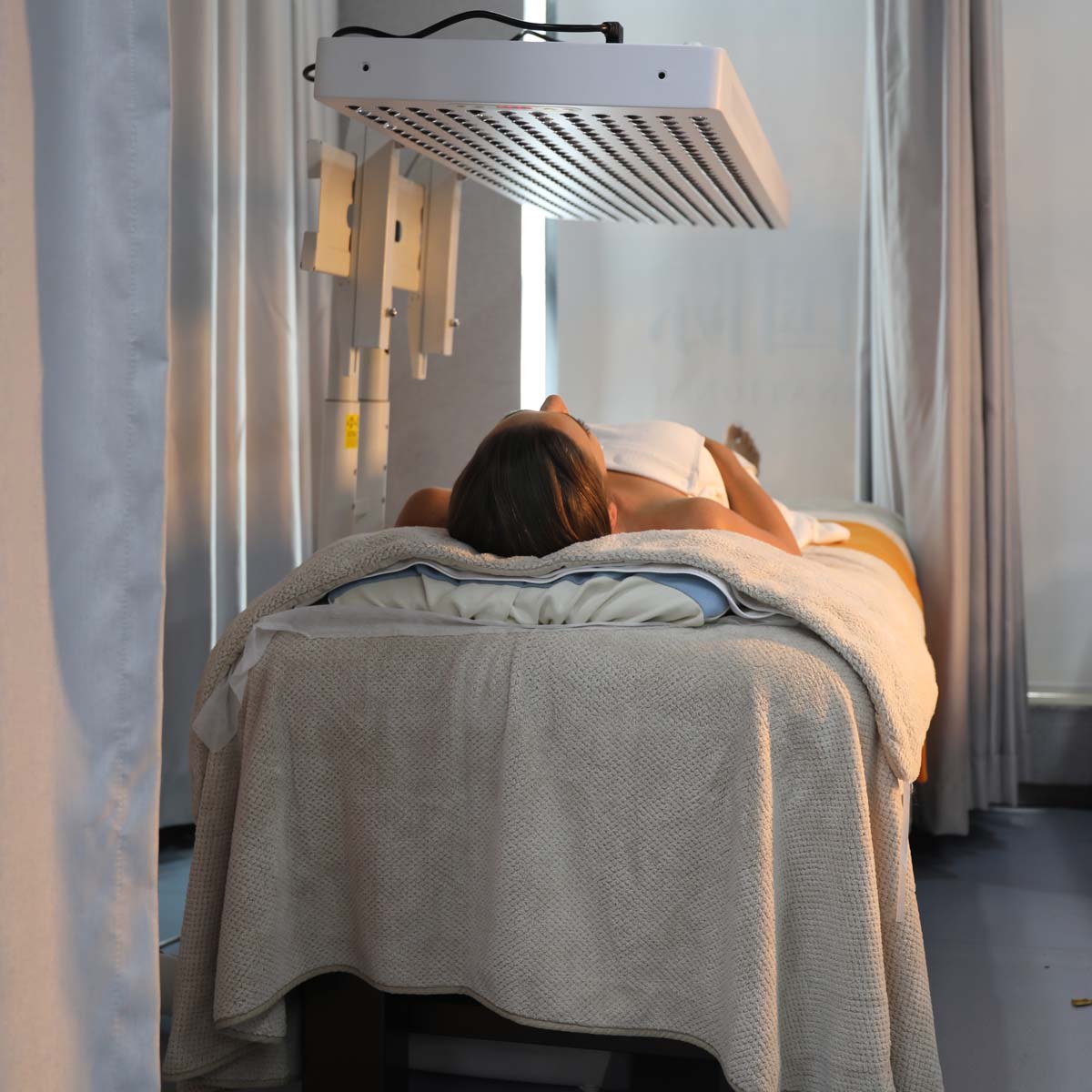
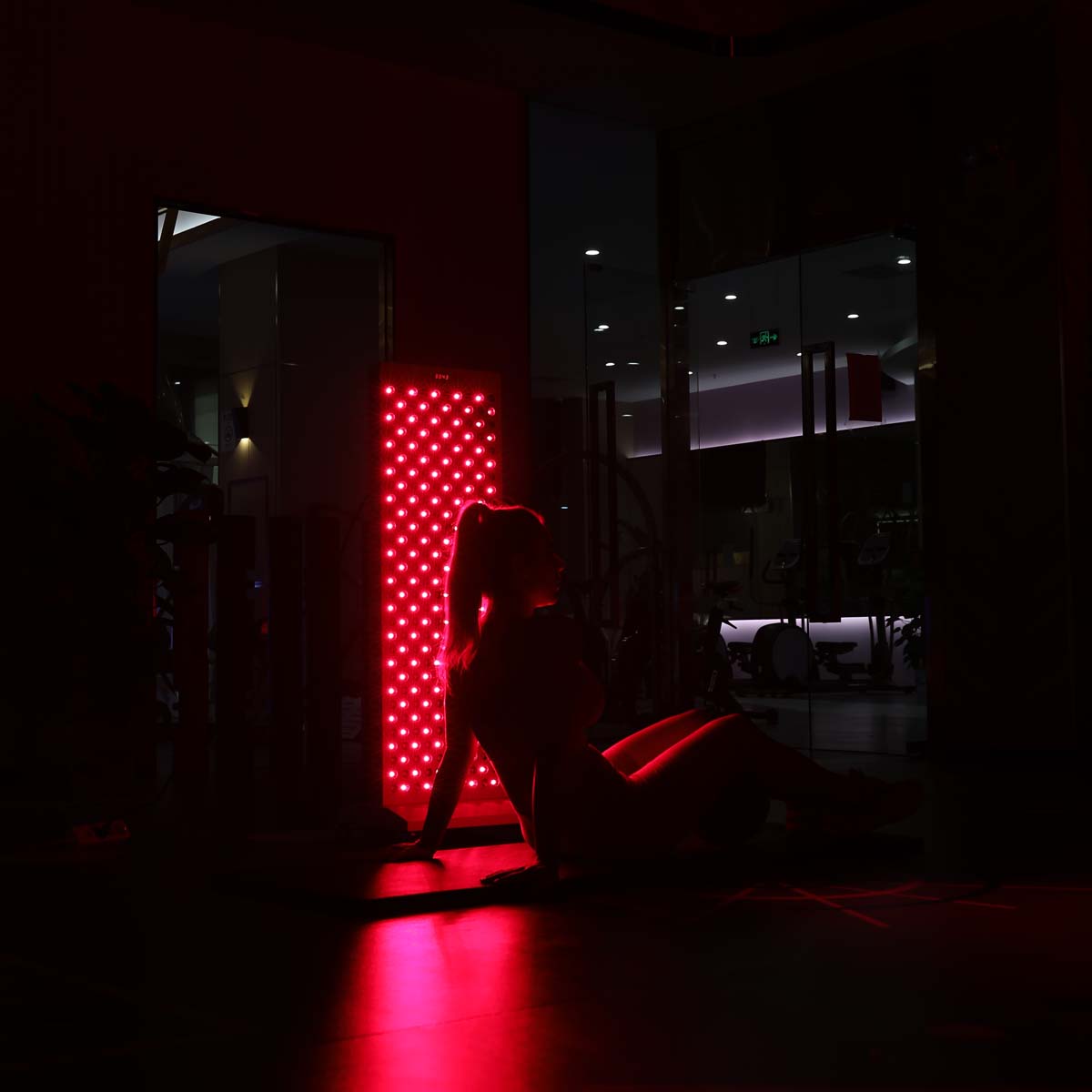
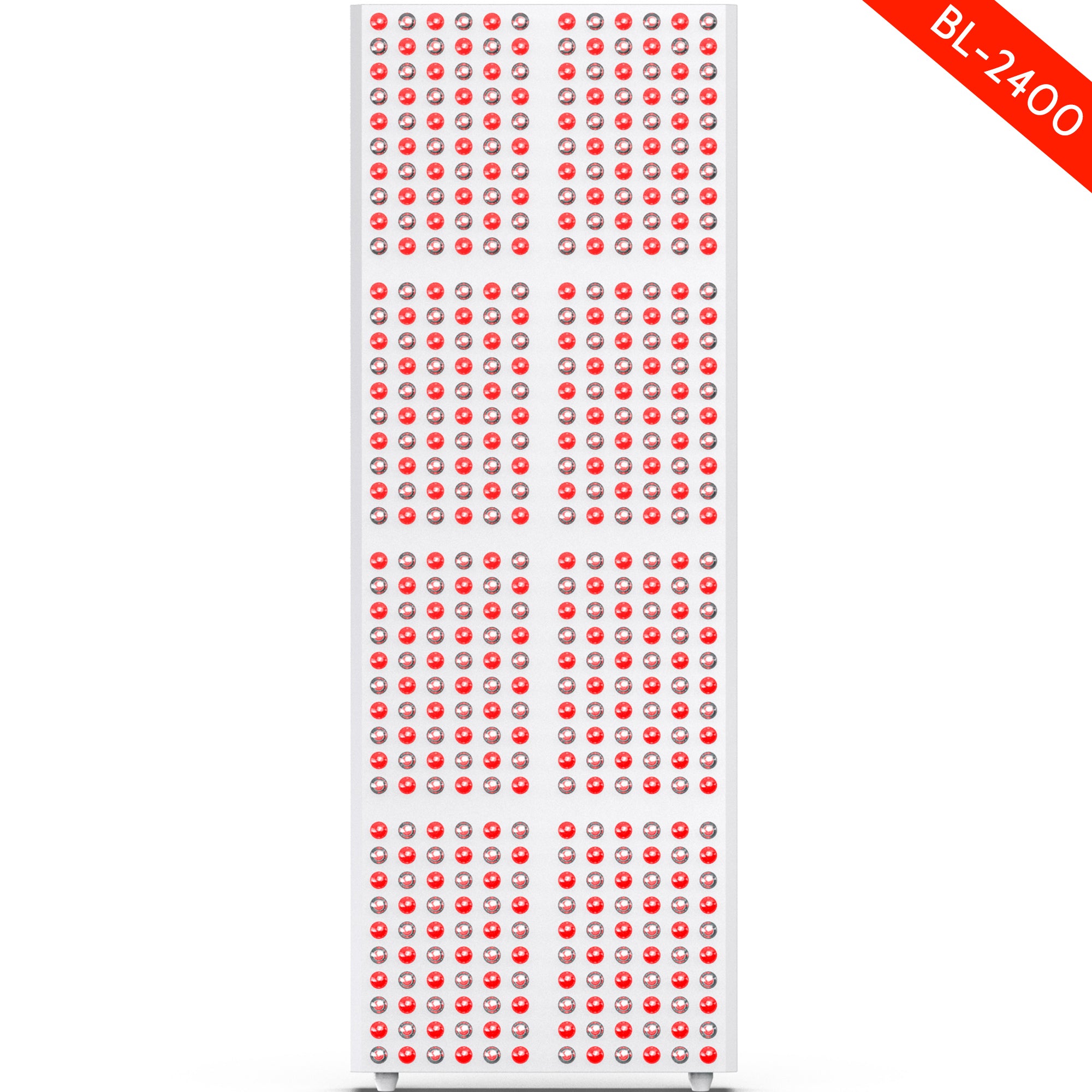
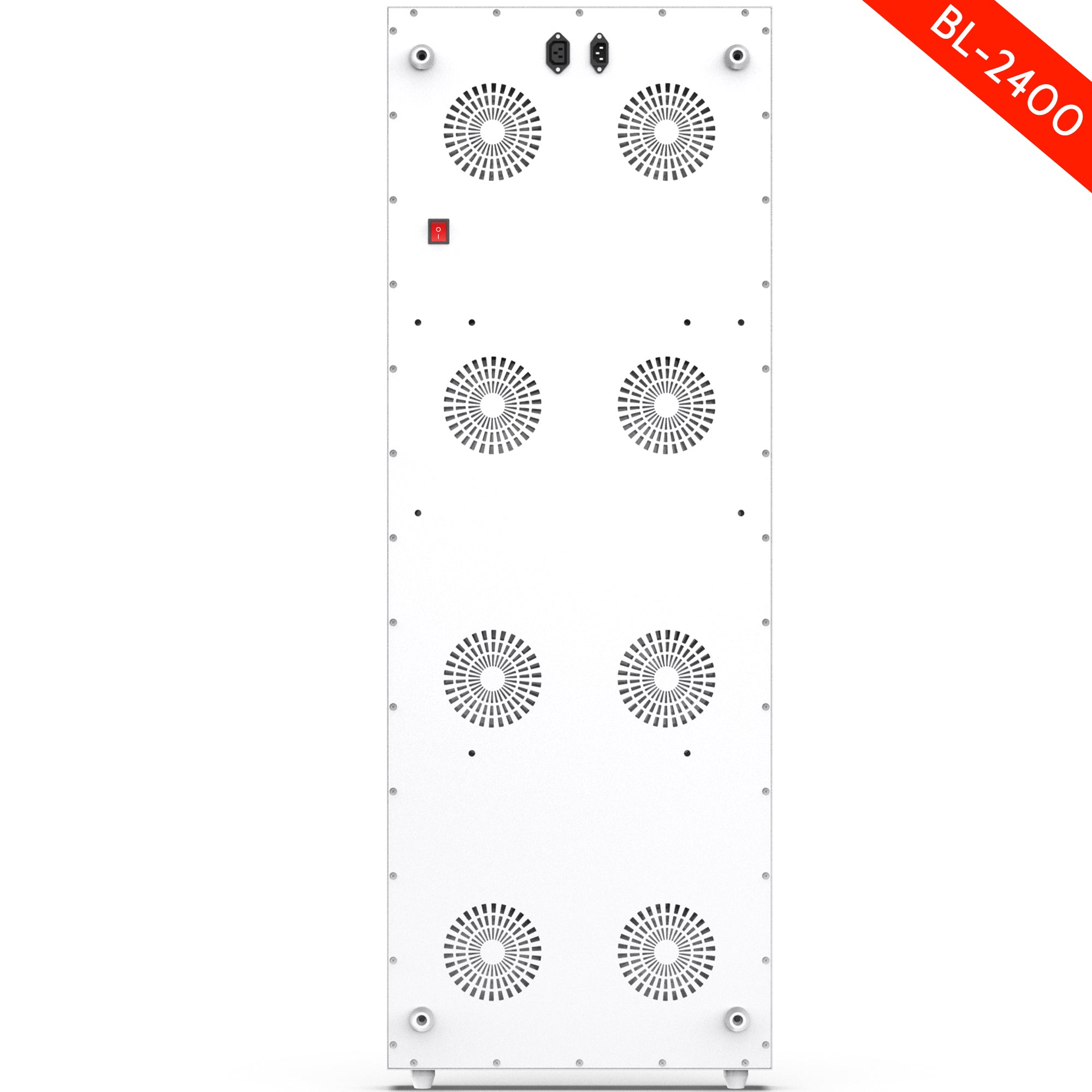
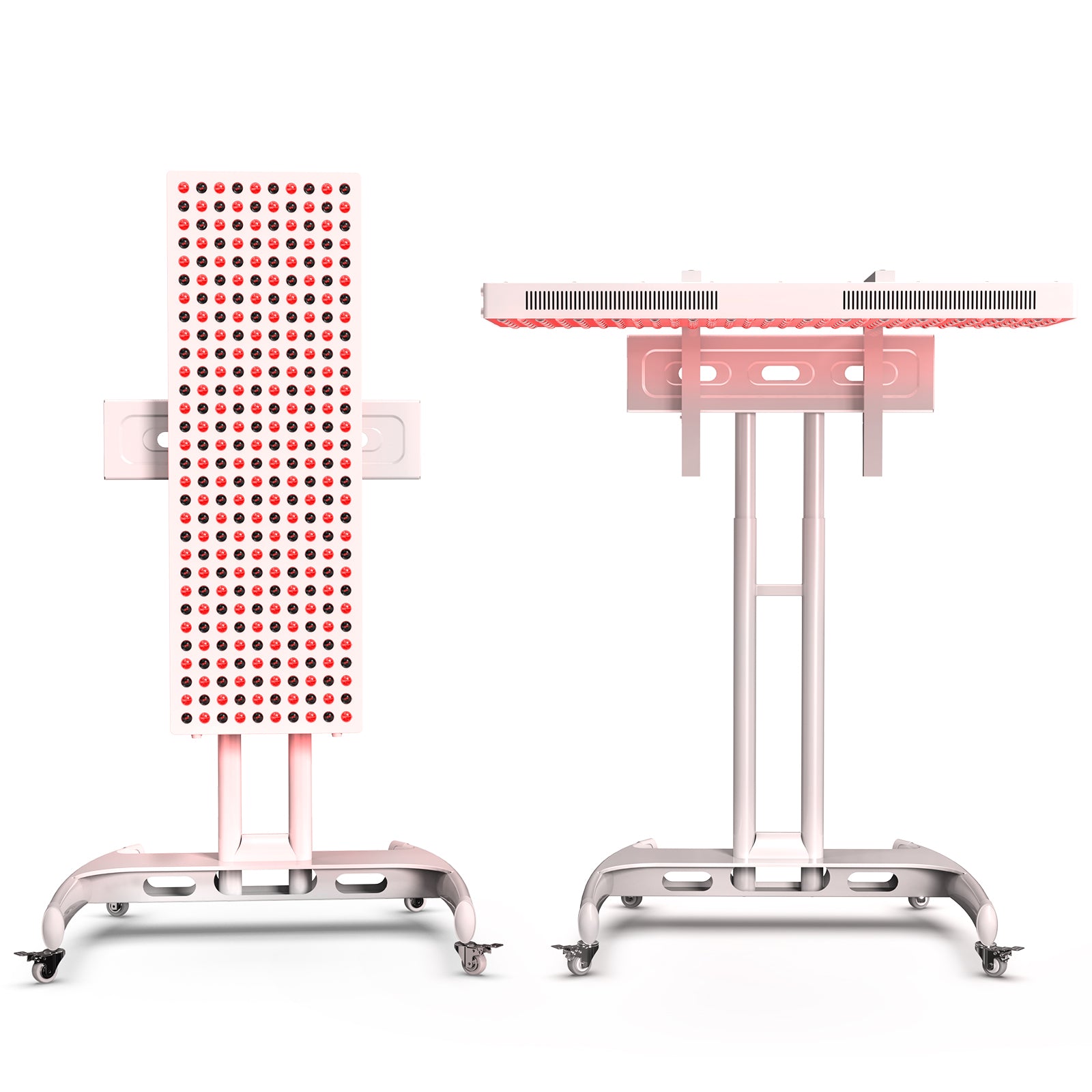
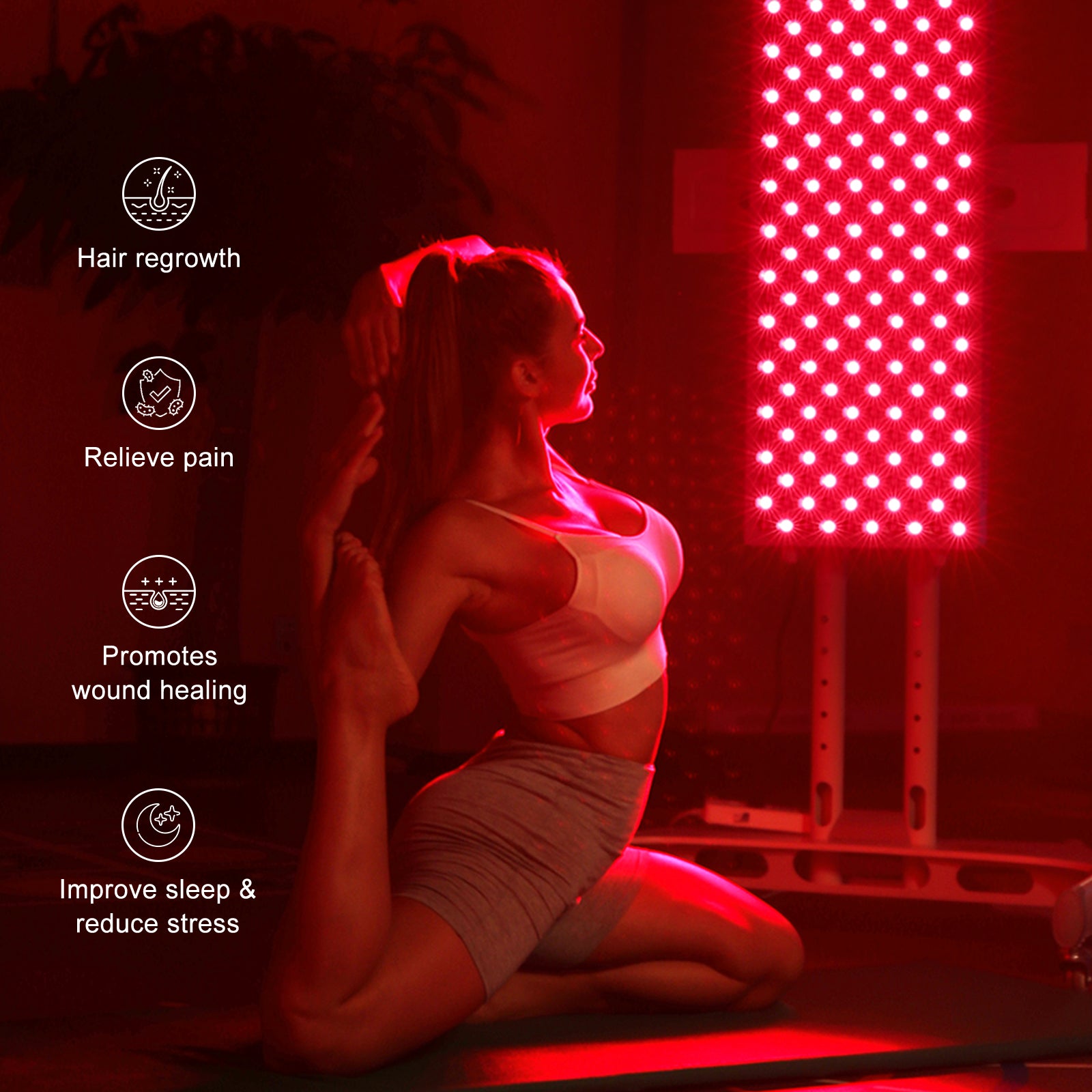
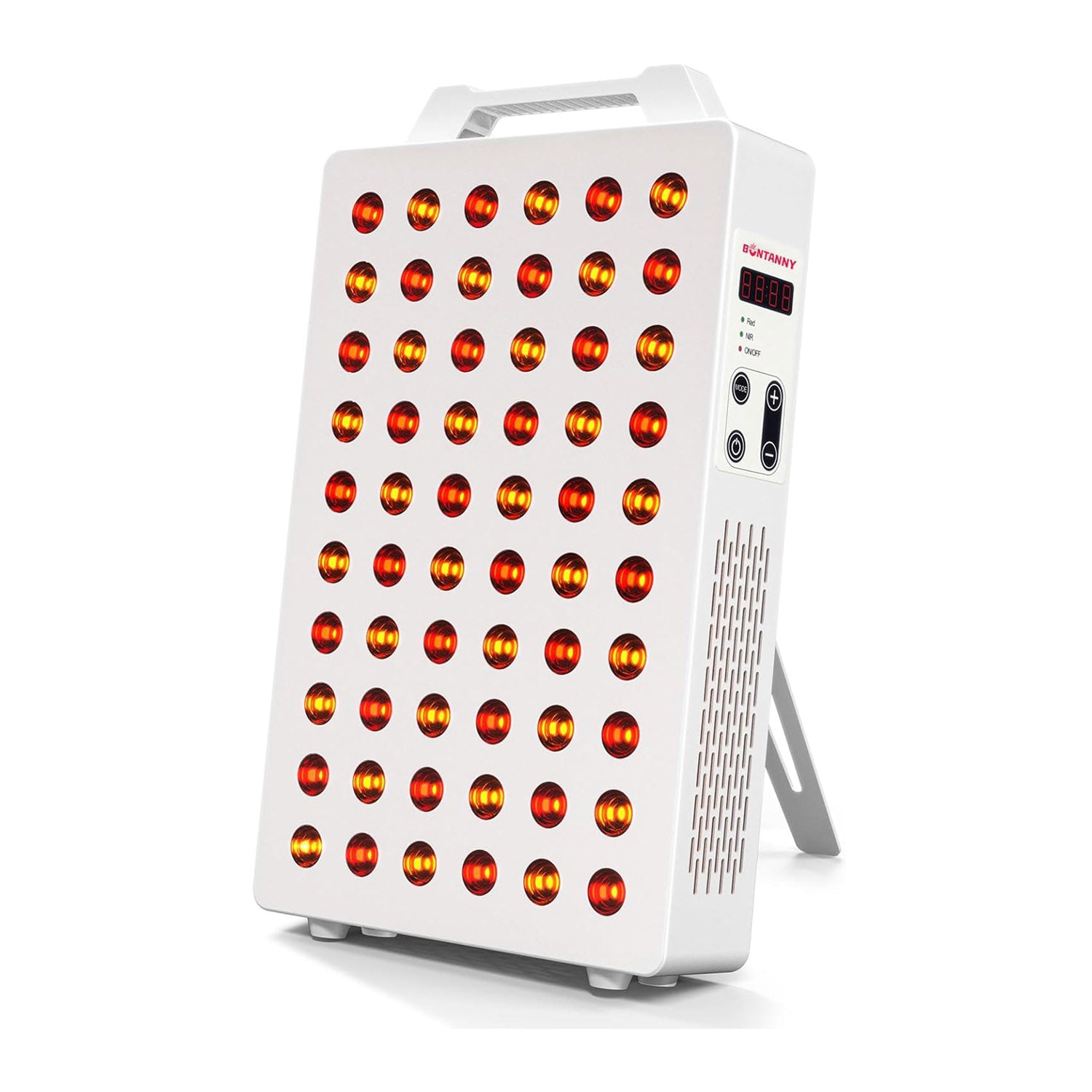
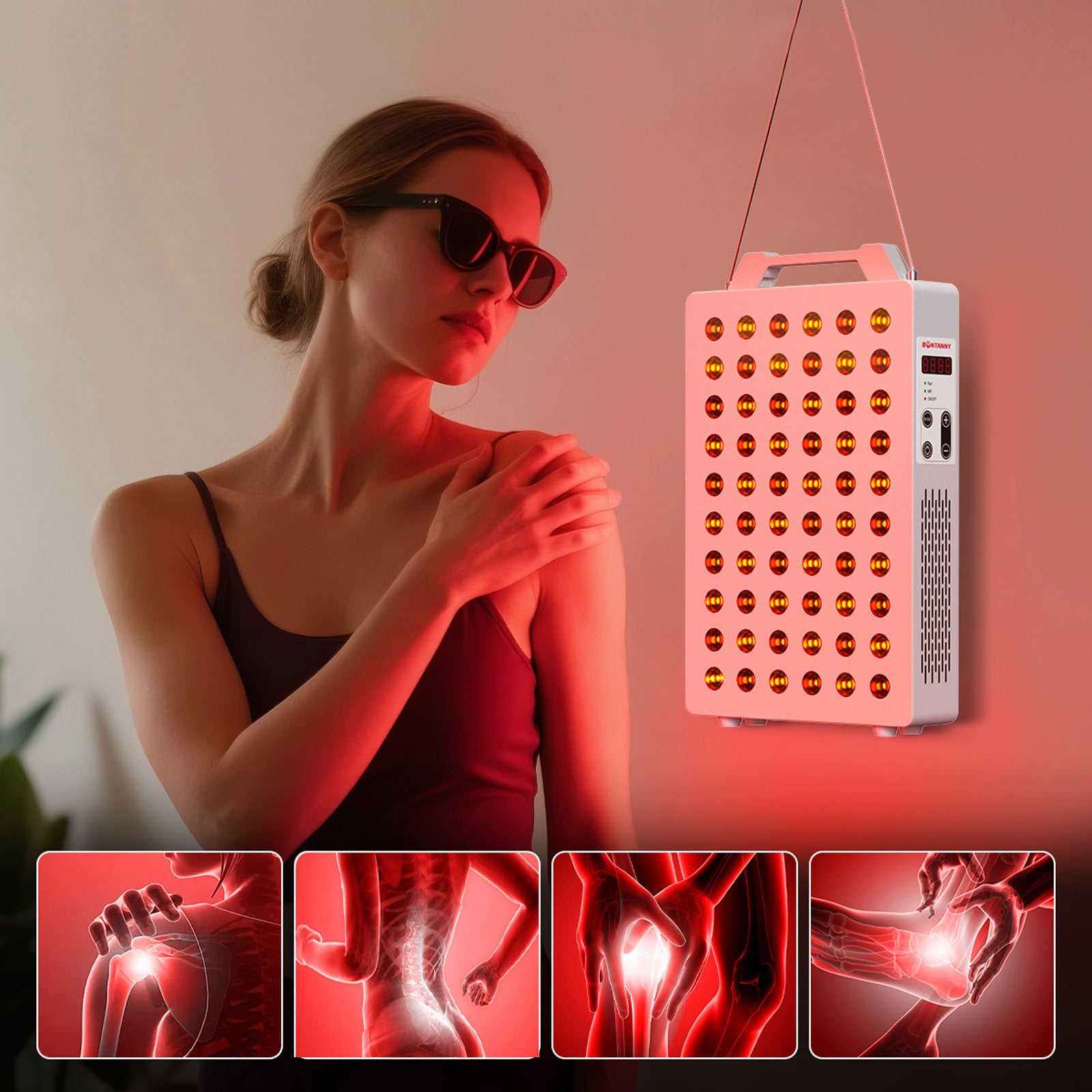
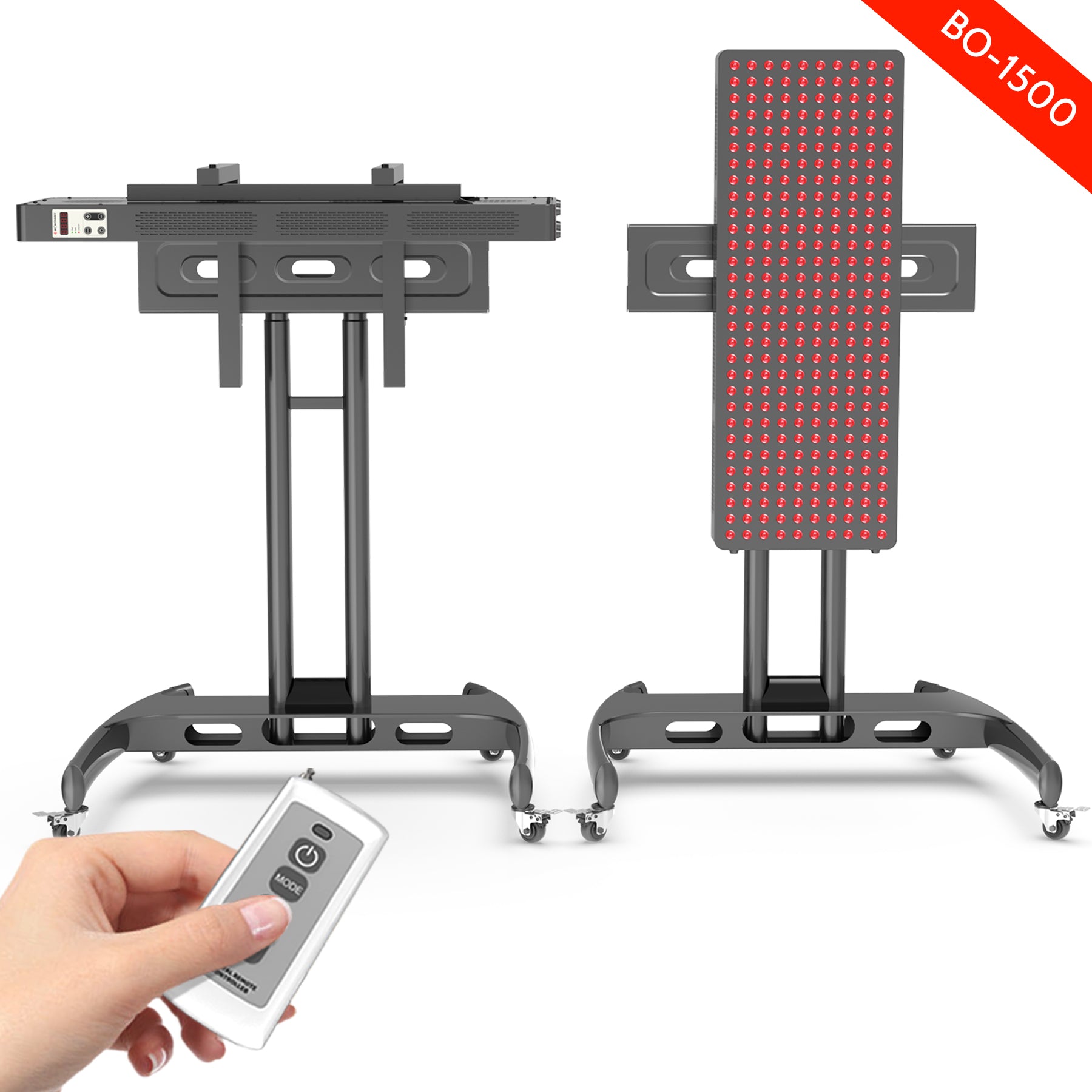

Leave a comment
This site is protected by hCaptcha and the hCaptcha Privacy Policy and Terms of Service apply.